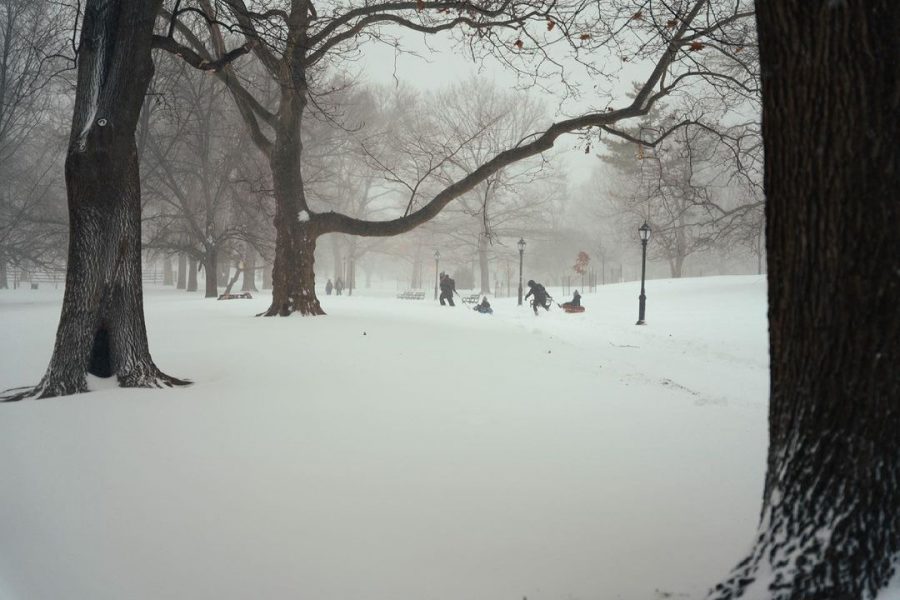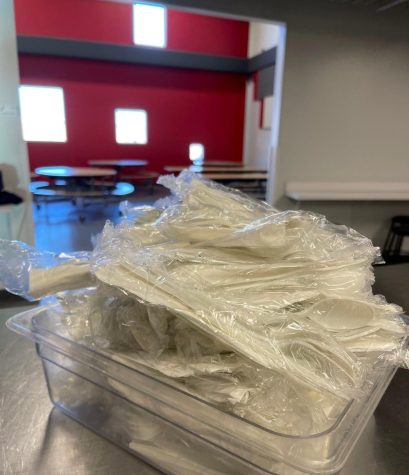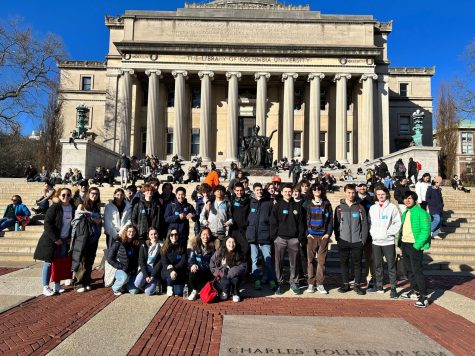Snow Days: A Thing of the Past
The pandemic has presented us with few gifts but for people who enjoy snow, 2021’s winter has been generous. Under typical circumstances, the snow brings sledding and beautiful trees but also an unexpected day off from school. A day off that is a hallmark of childhood. New York City’s snowfall this season was a disappointment for more than a million of its schoolchildren, as schools opted for more virtual instruction time.
COVID-19 has taken many things away; just this week we’ve reached the loss of 500,000 lives, political division is more pronounced than ever; our lives have been dramatically altered. We can add snow days to this ever growing list. With the transition to an online platform, many schools have abandoned the beloved snow days. This loss may seem trivial, but as reports of teen depression and anxiety have risen, it seems more important than ever to provide whatever opportunity for play and a maintenance of tradition. A common complaint is how the days have been blending together; the same routine repeated over and over again. Snow days were a great chance to take a break.
In the field of education, there has been an emphasis on the beneficial style of “play-based” instruction for preschool and elementary school students. Its role in fostering social-emotional skills, cognitive skills, and cultivating creativity are well accepted – yet for adolescents, the idea doesn’t seem to apply. We are still expected to attend classes and do homework. There’s a limited opportunity to socialize with the necessary health precautions onset by the pandemic. Spending time outside in the snow would follow the recommended guidelines but because of the lengthy school day and the homework that follows, there is no time. During the previous snow storm, I did not get to set a foot outside. By the time I had finished the work, it was too dark. My experience is not unique amongst adolescents learning virtually.
The counter argument is that instruction time is not lost; the US already lags in the number of days per year that other countries’ schools offer. The school year for the United States is, on average, 180 days long. The South Korean school year is 220 days long, and the school year in Japan is 243 days long. But, as Malcolm Gladwell’s Outlier shares that a contributor to the Massachusetts Teacher suggested, “it is when thus relieved from the state of tension belonging to actual study that boys ad girls, as well as men and women, acquire the habit of thought and reflection, and of forming their own conclusions independently of what they are taught and the authority of others”. The soul of creativity lives in play.
The pandemic has made us put forward innovative solutions and alternatives to going in person for school and the technology currently being used will not disappear. If, in a post-pandemic period, we get a snow storm, schools should consider the negative consequences before immediately diverting to an online platform.
Laila a senior at BASIS Independent Brooklyn. Her favorite subjects are History and English, and when not in school, she enjoys painting, surfing, traveling,...
















